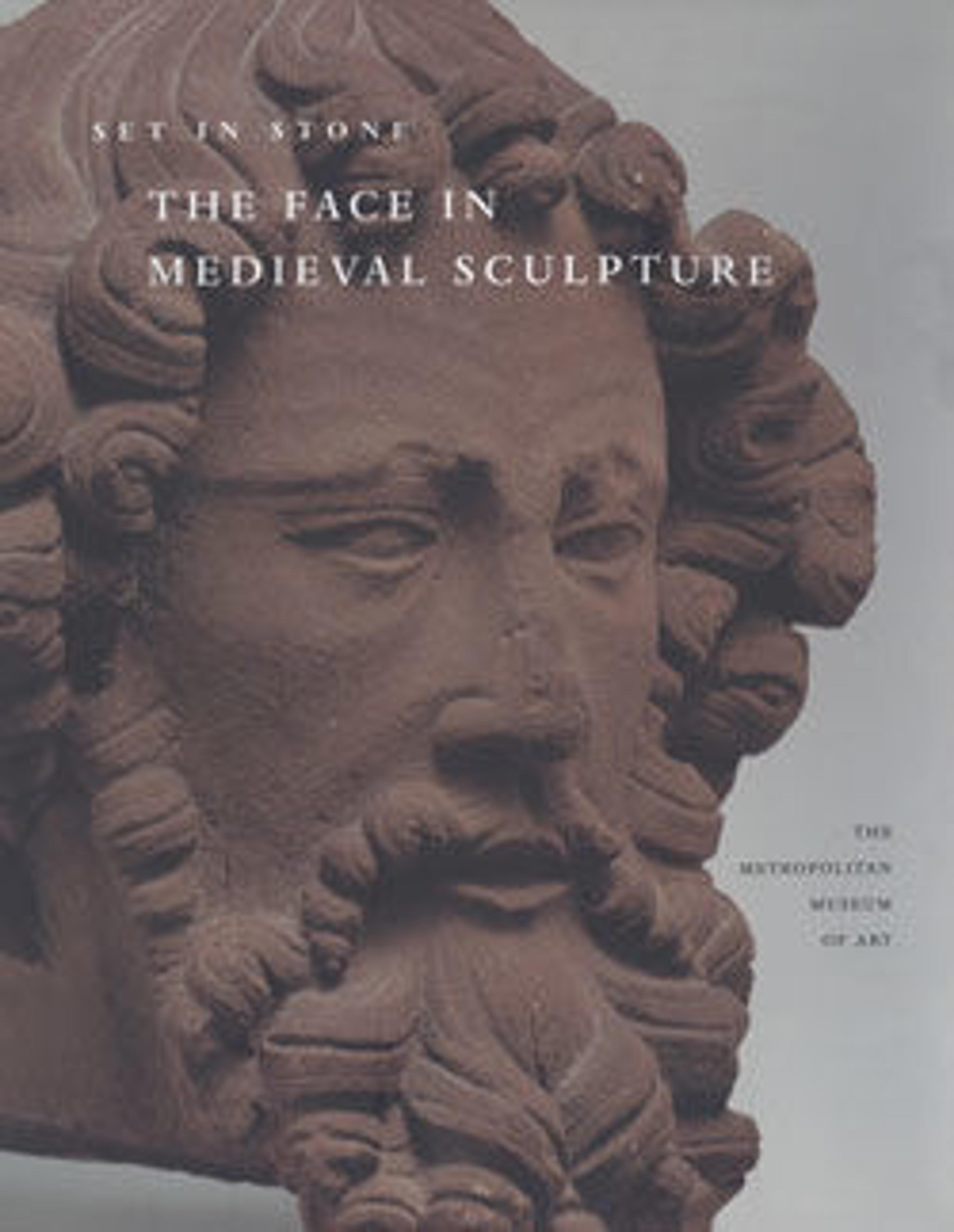Head of a King
This noble bearded head of a king is a striking example of the courtly style associated with the reign of Louis IX (1226–70). The elegant curves of the hair and the finely carved lines of the face attest to an artisan of great skill. The head probably belonged to a column figure decorating one of the major Parisian churches.
Artwork Details
- Title:Head of a King
- Date:ca. 1230–35
- Culture:French
- Medium:Limestone
- Dimensions:13 1/2 × 11 5/8 × 11 5/8 in. (34.3 × 29.6 × 29.5 cm)
Other (weight): 57lb. (25.9kg) - Classification:Sculpture-Stone
- Credit Line:Fletcher Fund, 1947
- Object Number:47.100.55
- Curatorial Department: Medieval Art and The Cloisters
More Artwork
Research Resources
The Met provides unparalleled resources for research and welcomes an international community of students and scholars. The Met's Open Access API is where creators and researchers can connect to the The Met collection. Open Access data and public domain images are available for unrestricted commercial and noncommercial use without permission or fee.
To request images under copyright and other restrictions, please use this Image Request form.
Feedback
We continue to research and examine historical and cultural context for objects in The Met collection. If you have comments or questions about this object record, please contact us using the form below. The Museum looks forward to receiving your comments.
